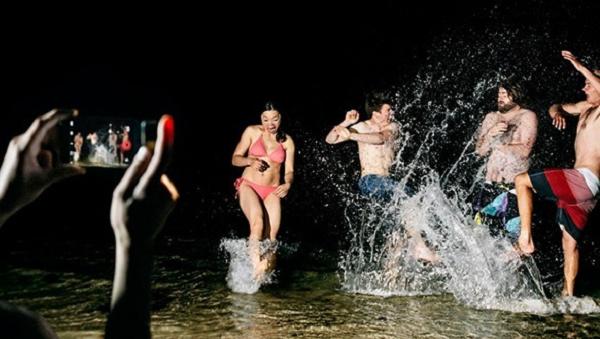Last Updated on April 6, 2017 by Mathew Diekhake
There is constant arguments among Apple and Android users about which camera captures the best photo quality. We get a fair idea about camera quality by judging the megapixel number under the camera specs on the statistics sheet which comes for every phone. For example, the Samsung Galaxy S5 comes with a 16 megapixel rear-facing shooter and a 1.2 megapixel shooter on the front. That means the back mounted cam is far superior to the front-facing ‘selfie’ camera.
Still, there are more factors that go into judging the performance and quality than just this obvious specification. The iPhone 6 comes with just an 8 megapixel camera. However, it is one of the top picture quality snapper on the market. It’s a similar situation with cars. You cannot just judge how fast a car will go by looking at the engine size. There are other factors involved such as how much torque is it producing.

Not only does the iPhone 6 come with one of the best photo-taking cams, there’s still a large demand for a better night-time flash part to enhance the shots taken in the dark. As the world becomes more populated, and places we live become more remote, we are finding people staying up more of a night-time and taking photos.
As you probably know already, the iPhone won Flickr’s most used camera of the year award just the other day. More people own Android, but the problem with Android is there are tons of different devices that all fall under the same Droid name. The iPhone only has two last year and two this year. Before that they only launched one per year from 2007 on.
Now that CES has come and gone, we have had the pleasure of witnessing a new flash feature which people can attach to the base of their iPhone, or place it on the bench top in front of where the photo adds light to the surrounding area. The result? A near picture-perfect photo as you can see from the example of the woman running through the water. It’s an outstanding example because it shows how bright it lights her body up, and how sharp the picture is with the droplets of water coming up from the ocean.
The feature that helps us create this is Knog Expose. The new Knog Expose made by Knog, is the same company who create the bright bike lights for riding your bicycle of a night-time. It created a great deal of buzz around the CES showroom floors and it’s going on sale for $60 hopefully soon. It’s definitely coming out during 2015. You can check out the camera utility from this link: usd.knog.com.au/exposesmart.
The new flash gadget is Australian made, as you can see on the official advertisement video which shows people driving around parts of Australian wearing Aussie rules football scarfs. It also shows the Luna Park in either Sydney or Melbourne.
